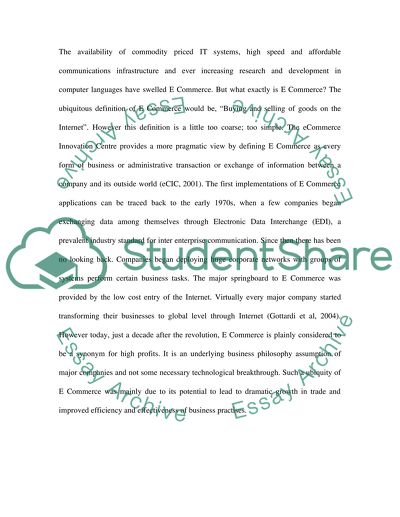Cite this document
(E-Commerce in the 21st Century Essay Example | Topics and Well Written Essays - 1750 words, n.d.)
E-Commerce in the 21st Century Essay Example | Topics and Well Written Essays - 1750 words. https://studentshare.org/e-commerce/1505737-e-commerce-in-the-21st-century
E-Commerce in the 21st Century Essay Example | Topics and Well Written Essays - 1750 words. https://studentshare.org/e-commerce/1505737-e-commerce-in-the-21st-century
(E-Commerce in the 21st Century Essay Example | Topics and Well Written Essays - 1750 Words)
E-Commerce in the 21st Century Essay Example | Topics and Well Written Essays - 1750 Words. https://studentshare.org/e-commerce/1505737-e-commerce-in-the-21st-century.
E-Commerce in the 21st Century Essay Example | Topics and Well Written Essays - 1750 Words. https://studentshare.org/e-commerce/1505737-e-commerce-in-the-21st-century.
“E-Commerce in the 21st Century Essay Example | Topics and Well Written Essays - 1750 Words”. https://studentshare.org/e-commerce/1505737-e-commerce-in-the-21st-century.


